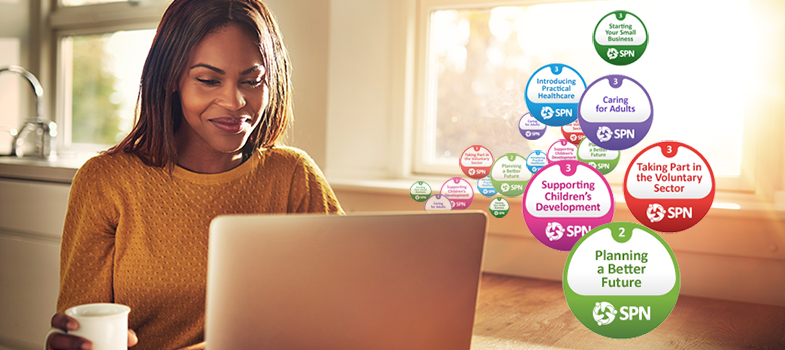2.1 Physical examinations
As a healthcare assistant, you may be required to carry out physical checks to monitor the health of your patients. This may require a detailed examination of particular areas of their body which are known to display some of the symptoms of their condition. For example, the side effects of their medication may result in getting a rash. It is important for healthcare assistants to understand the types of symptoms that they should be looking out for in regards to their patients’ health needs. As you carry out the examination, it benefits the patient to keep talking with them and explain what you are checking and whether it will hurt or feel strange. You may also be required to give some feedback during the consultation on what you have seen and whether you need to take any additional action. Any changes in patient health should be appropriately documented and reported to the Registered Nurse or Senior Nurse on duty.
A typical physical examination is the one for patients with diabetes. Diabetes can reduce the blood supply to feet and cause patients to lose feeling in them. As a result, feet injuries may not heal sufficiently, or they may not immediately notice them. Diabetic patients tend to have their feet examined once a year at an annual review with their doctor, but they occur more frequently if there are any signs of loss of feeling in the feet, reduced blood flow or foot ulcers where the skin surface is broken. The visual tests carried out by healthcare assistants on the feet include looking for rough or hardened skin (calluses), in-growing toenails and unusual colour changes to the skin.
Activity 3
You will now watch Kerri conduct a physical examination on a diabetic patient’s feet. As you watch the video, pay particular attention to:
- precautions taken to prevent cross-infection
- checks made on the feet
- information requested from the patient
- advice given during the foot examination.
[This video is provided for use within the course only.]
Transcript: Foot examination
Discussion
You probably noticed the following points:
- Kerri wore single-use gloves to prevent cross–infection.
- Kerri reassured the patient by explaining what she was examining for and why. She demonstrated exactly what she was going to do in terms of pressure checking on the feet, so that the patient was aware of what was about to happen.
- She checked the feet, then tested for circulation (a pulse check) and also for sensation (by touching the foot with a pointed instrument).
- Kerri asked the patient whether he moisturised his feet and checked them daily, both as part of ongoing monitoring of his health.
- Kerri advised the patient to moisturise his feet, and mentioned areas to avoid (between the toes). She also advised him how to check his feet regularly, including the use of a mirror if he could not bend down to see his toes. She told him that he should also check his shoes for stones and sharp objects.
The tasks involved in the healthcare assistant role will vary according to the area in which you work. If you are on a hospital ward supporting patients who cannot get out of bed, or receiving end-of-life care, you will be supporting them in all areas of care: maintaining hygiene, helping them to brush their teeth or providing mouth care, and making sure they are not developing pressure sores. If, however, you are working on an admissions ward, your role will be very different: helping patients to settle and feel less anxious and taking observations such as recording their breathing, pulse, body temperature or blood pressure.
2 Job description
